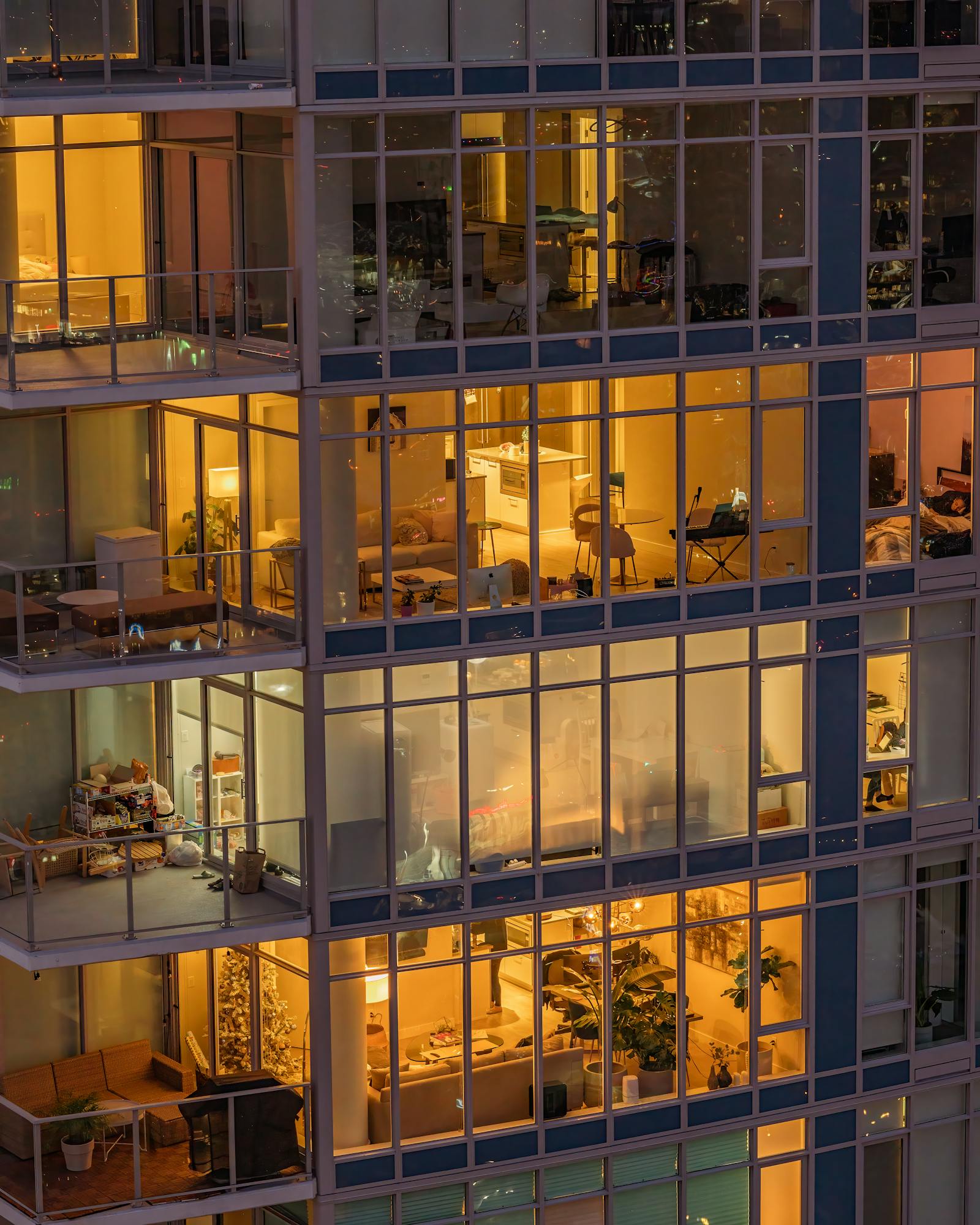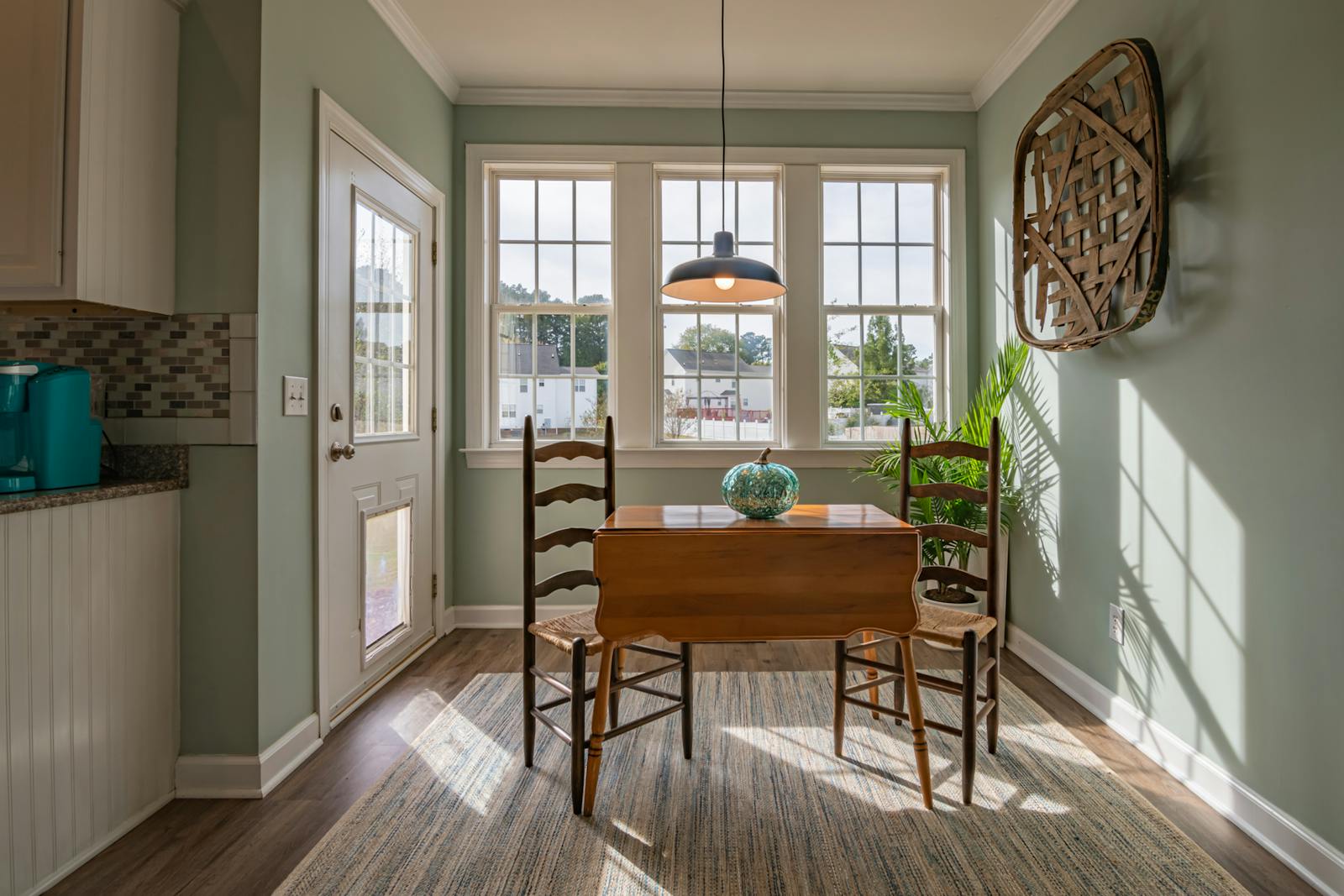1. Physical health changes. We prefer to deny it, but as we age our bodies grow weaker. Even if our minds remain sharp, our physical abilities diminish. Should you need emergency care, is someone nearby to help you get it? Or are you on your own? If you have an extended hospital stay, is there someone to take care of your home? And care for you when you get back home?
2. Mental health changes. My friend first realized that her mother’s mental state was changing when she got lost driving home from a shop she frequented. Then she started repeating herself, telling me the same thing three or four times within a five-minute phone conversation, then calling her back to tell me the same thing again. Physically, she was as healthy as she had ever been. But, she soon stopped preparing meals, bathing regularly, or on some days, even getting out of bed. There sometimes come a point where people need round-the-clock supervision and care.
3. Everyday tasks. When you’re strong and healthy, you think you’ll never need help with everyday tasks like raking leaves, vacuuming floors, or even washing dishes. But as we age, these chores become more difficult. What about more personal tasks, like bathing? If you need help, have you identified the family member who will assist you? If that family member becomes unavailable, will you need a home health aide? If you do not have family or friends nearby, then you have fewer sources of available unpaid care, and a higher cost for living independently.
4. Home Maintenance. Don’t forget about the more labor- intensive home maintenance tasks that you don’t think twice about doing yourself now. Cleaning out the gutters becomes a daunting task if you have begun to feel unsteady on a ladder. Even changing overhead light bulbs, washing windows and dragging the garbage cans to the curb can be difficult. The independence you achieve by remaining in your home is easily compromised by the struggle to perform these once-routine tasks. Many people who have relocated into condos or retirement communities discover that freedom from home maintenance is the greatest freedom of all.
5. Security. As neighbourhoods age and commercial districts encroach upon residential areas, security becomes a genuine issue. Security systems are not foolproof, response times can be slow, and many older homes do not have adequate safeguards, such as deadbolts and exterior lighting. Condos and other retirement communities are generally secure. Grounds and entrances are usually monitored, and many have round-the- clock security staffs. In addition, many retirement residences come equipped with emergency call buttons, which summon immediate assistance, whether for a health problem or a safety issue.
6. Social Life and Companionship. When they retire, many people are excited by the freedom to finally spend some time by themselves, enjoying hobbies like reading and gardening. Many of these soon long for the social interactions from their workplace. Even those not in the work force find their circle of friends gradually diminishes, and living alone adds to the isolation. The opportunity to make new friends and enjoy new experiences is an often-overlooked benefit of moving to a condo or retirement community. In most retirement communities, there are planned activities ranging from bridge tournaments to lectures to dance classes to shopping expeditions — even golf outings and woodworking equipment. If you don’t like planned activities, you can make new friends to enrich your life, people you may never have met by staying in your home. Senior Living is a time for adventure and fresh experiences, not a time to become a recluse.
7. Transportation. If driving becomes difficult, you will have to rely on family or friends for shopping transportation, for trips to the doctor’s office, even if you want to just visit a friend. Most condos are located close to or on bus routes, and most retirement communities provide regular transportation to shopping malls, grocery stores, movie theatres, doctors offices, and other routine trips.
8. Meals and Nutrition. Cooking can become more of a chore and less of a pleasure — especially if you’re cooking for one. Unfortunately, this leads to irregular mealtimes and poor nutrition. And, poor nutrition causes illness and chronic bad health. Many retirement communities have attractive dining rooms with meal plans. Residents find that mealtimes are among the most enjoyable times of the day. The food is nutritious and appealing, and it’s a wonderful occasion to socialize with your friends.
9. Home Modifications. Finally, to remain in your home, you will very probably need to make modifications. These can be very simple, such as the addition of grab bars in the shower or tub; or significant and costly, such as adding a bedroom and/or bathroom to the main floor, or even installing an elevator or a ramp. Retirement communities are built with an aging population in mind. They are safer, more convenient, and healthier places in which to live.






